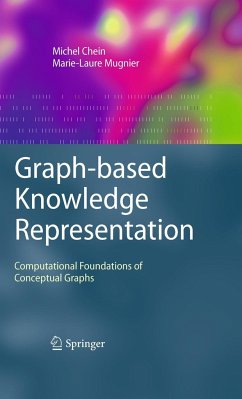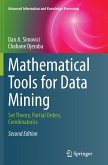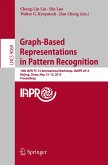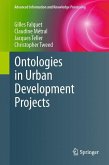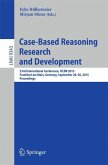This book provides a de?nition and study of a knowledge representation and r- soning formalism stemming from conceptual graphs, while focusing on the com- tational properties of this formalism. Knowledge can be symbolically represented in many ways. The knowledge representation and reasoning formalism presented here is a graph formalism - knowledge is represented by labeled graphs, in the graph theory sense, and r- soning mechanisms are based on graph operations, with graph homomorphism at the core. This formalism can thus be considered as related to semantic networks. Since their conception, semantic networks have faded out several times, but have always returned to the limelight. They faded mainly due to a lack of formal semantics and the limited reasoning tools proposed. They have, however, always rebounded - cause labeled graphs, schemas and drawings provide an intuitive and easily und- standable support to represent knowledge. This formalism has the visual qualities of any graphic model, and it is logically founded. This is a key feature because logics has been the foundation for knowledge representation and reasoning for millennia. The authors also focus substantially on computational facets of the presented formalism as they are interested in knowledge representation and reasoning formalisms upon which knowledge-based systems can be built to solve real problems. Since object structures are graphs, naturally graph homomorphism is the key underlying notion and, from a computational viewpoint, this moors calculus to combinatorics and to computer science domains in which the algorithmicqualitiesofgraphshavelongbeenstudied,asindatabasesandconstraint networks.
From the reviews:
"This well-written book is a wonderful text for researchers working on theoretical artificial intelligence (AI). Fundamentally, AI represents knowledge with mathematical objects and then designs computational rules to manipulate these objects. ... In summary, this is a theoretical book for a graph-based approach to knowledge representation. ... A number of detailed algorithms presented in the book may serve as good references for designing a variety of AI systems, such as database mining and logic reasoning." (Hsun-Hsien Chang, ACM Computing Reviews, April, 2009)
"This well-written book is a wonderful text for researchers working on theoretical artificial intelligence (AI). Fundamentally, AI represents knowledge with mathematical objects and then designs computational rules to manipulate these objects. ... In summary, this is a theoretical book for a graph-based approach to knowledge representation. ... A number of detailed algorithms presented in the book may serve as good references for designing a variety of AI systems, such as database mining and logic reasoning." (Hsun-Hsien Chang, ACM Computing Reviews, April, 2009)

